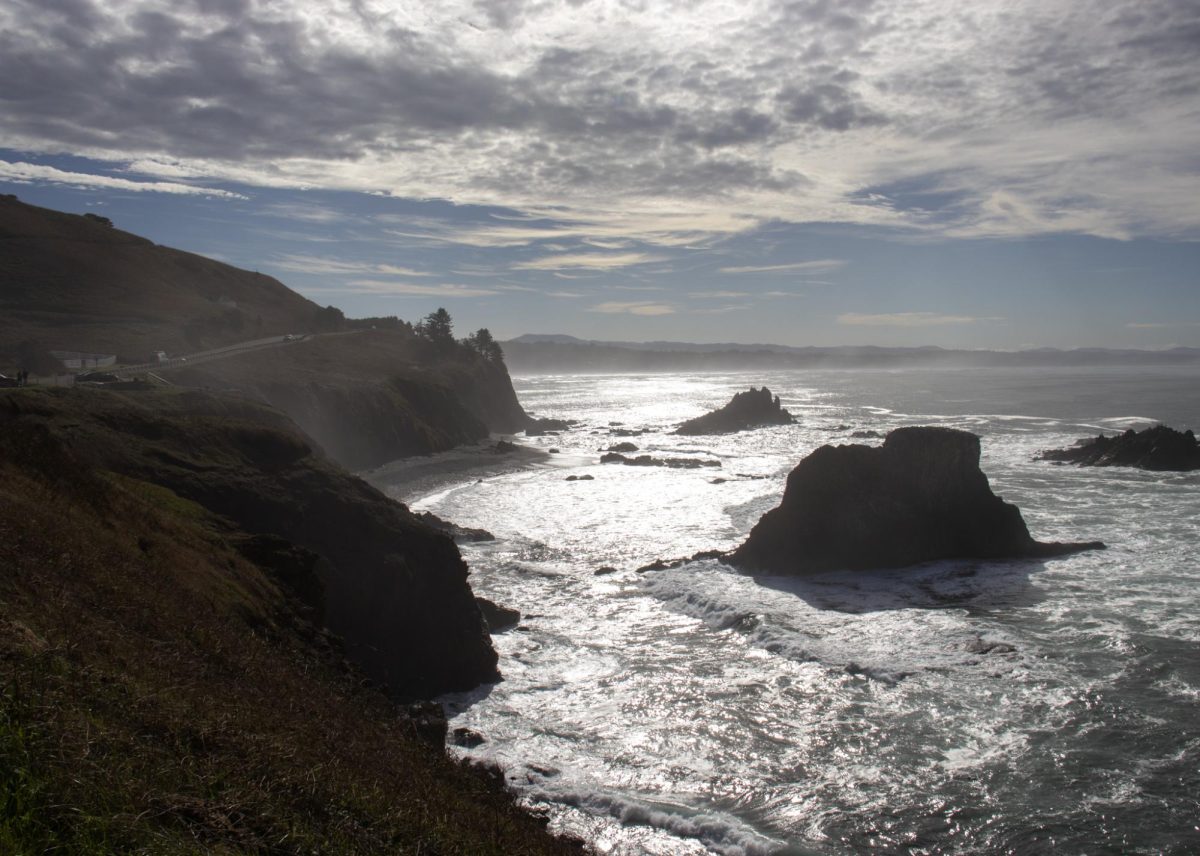There are many situations where scientists would need to use in-depth oceanic data in their research.
Researchers like Jennifer Fehrenbacher, a professor in the Oregon State University College of Earth, Oceanic and Atmospheric Science, can access such data free and online from the Ocean Observatories Initiative.
Fehrenbacher, and others will have access to this data in the future, as the National Science Foundation has allowed the OOI to renew a grant of $220 million, allowing them to continue their project for the next five years.
According to the OOI website, the initiative is an ocean observing network that delivers real-time data from more than 900 instruments, and is freely available online.
They started construction on the infrastructure on Sep. 1, 2009 which lasted for six years. On Oct. 1, 2018, they were granted a new award that allowed them to operate for five more years.
This year, the new award was set to expire, however; instead of having to recompete for a grant, NSF is granting OOI the option to renew the project for five years.
“We weren’t in competition with all the other institutions, we were given a chance to renew our proposal,” said James Edison, senior scientist at Woods Hole Oceanographic Institution, principal investigator of the OOI. “We still had to justify our existence so we wrote a really nice proposal. It has gone through a lot of back and forth between ourselves and NSF and as of Sept. 20, we got the official word that we were going to get another five years.”
OSU has had a major part in running OOI, both in managing arrays and data systems.
On the coast of Oregon lies the endurance array. This array collects data below the surface of the ocean and is meant to stand for 20-30 years. This array is used for many different kinds of research, including figuring out what conditions cause oceanic heat waves.
“The California current that flows along Washington, Oregon and California is a hugely productive habitat. So things like oceanic heat waves have a huge impact on how that system reacts to those sorts of conditions.” Edison said.
OOI Cyberinfrastructure is also run by OSU. According to the OSU OOI website, this involves managing and integrating data collected by the instruments deployed across the arrays, linking the infrastructure to researchers, educators and students.
Craig Risien, project manager for the OOI Data Center at OSU, said that around $15 million of the budget will be going into the data center. $10 million of this will be going into new technology and improved software for data management.
OSU scientists have been able to make use of this OOI data. Fehrenbacher uses sediment traps to gather data for her research. Strategically, she placed these traps two kilometers from one of the nodes of the arrays, which has a vehicle called a profiler measuring water parameters at various depths.
“It sits at the slope based array, and at that location, (OOI) has a sea floor to surface profiler, and they also have a profiler that goes up and down at a higher resolution between zero to 200 meters and that just happens to be the habitat that most of the critters that I study live.”
This allows Fehrenbacher to get high quality data about the water that would normally be collected less frequently.
“It’s serendipitous to have access to that kind of data,” Fehrenbacher said.



















































































![Newspaper clipping from February 25, 1970 in the Daily Barometer showing an article written by Bob Allen, past Barometer Editor. This article was written to spotlight both the student body’s lack of participation with student government at the time in conjunction with their class representatives response. [It’s important to note ASOSU was not structured identically to today’s standards, likely having a president on behalf of each class work together as one entity as opposed to one president representing all classes.]](https://dailybaro.orangemedianetwork.com/wp-content/uploads/2025/03/Screenshot-2025-03-12-1.00.42-PM-e1741811160853.png)
























